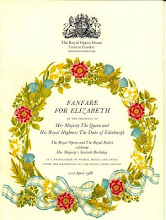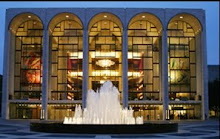Two explosions shattered the euphoria of the Boston Marathon finish line on Monday, sending authorities out on the course to carry off the injured while the remaining runners were rerouted away from the smoking site of the blasts.
BOSTON MARATHON TRAGEDY: A
view from behind the lens
By Nicole Simmons/regional digital editor
BOSTON
“It sounded like a cannon went off. I saw smoke. I started shooting.”
Ken McGagh, staff
photographer for The MetroWest Daily News (Framingham, Mass.), witnessed
history Monday. He was one of only two news photographers still standing just
beyond the finish line, in the middle of Boylston Street, taking photos of
runners who had just finished the 26.2-mile Boston Marathon course when two
bombs ripped through the crowd yards away.
McGagh has covered the Boston Marathon every year of his career as a news photographer with MetroWest Daily News, often at the finish line. The race runs through many of MetroWest’s towns and is extensively covered by the newsroom.
There are two areas for photographers at the finish – the bridge that extends over the course and the “tight pool,” a small area just beyond the finish line, right on the street, on the course. The tight pool is where McGagh was when the explosions happened.
McGagh had already filed shots of the winners and had just returned to the finish line about a half an hour before the first explosion. He had come back to capture the common man crossing the finish line and to shoot some feature photos of the spectators.
“It’s really important to me to show that,” he said in a phone interview the day after the tragedy.
McGagh and a Boston Globe photographer were the only two photographers left in the tight pool area when the explosions happened, since everyone else had gotten the shots of the winners that they needed. McGagh was scanning the crowd, looking for people who would make a good photo, when he heard the first explosion, which he described as sounding like a “cannon.”
With a telephoto lens on one
shoulder and a zoom wide-angle lens on the other, McGagh immediately started to
take photos, one of the first capturing the moment when the smoke was rising
and a runner had his hands to his ears.
Then the
second explosion happened farther down the street and smoke rose. McGagh
started walking toward the chaos. When he thinks about it now, he knows he was
putting himself at risk and is lucky to be OK. At the time, he just reacted.
“When you’re covering
something, you feel like you’re safe,” he said.
Then the second explosion happened farther down the street and smoke rose. McGagh started walking toward the chaos. When he thinks about it now, he knows he was putting himself at risk and is lucky to be OK. At the time, he just reacted.
What McGagh saw after police
ripped down the fences separating the spectators from the street was horrific.
But he had a job to do.
“I was aware
that I have to do this right. I have to get this done. I have to cover this and
do it,” he said. “I certainly felt the responsibility to document.”
He snapped images. Of an older man on the ground, a marathon volunteer helping
him up. Of people looking confused, the sidewalk covered in blood. Of a
firefighter carrying a young woman, her feet covered in blood. Of a woman
sitting on the curb crying. Of an officer carrying an automatic weapon.
“I wasn’t doing any
processing [of the situation] at all. They were just images I was doing,”
McGagh said.
He snapped images. Of an older man on the ground, a marathon volunteer helping him up. Of people looking confused, the sidewalk covered in blood. Of a firefighter carrying a young woman, her feet covered in blood. Of a woman sitting on the curb crying. Of an officer carrying an automatic weapon.


















































No comments:
Post a Comment